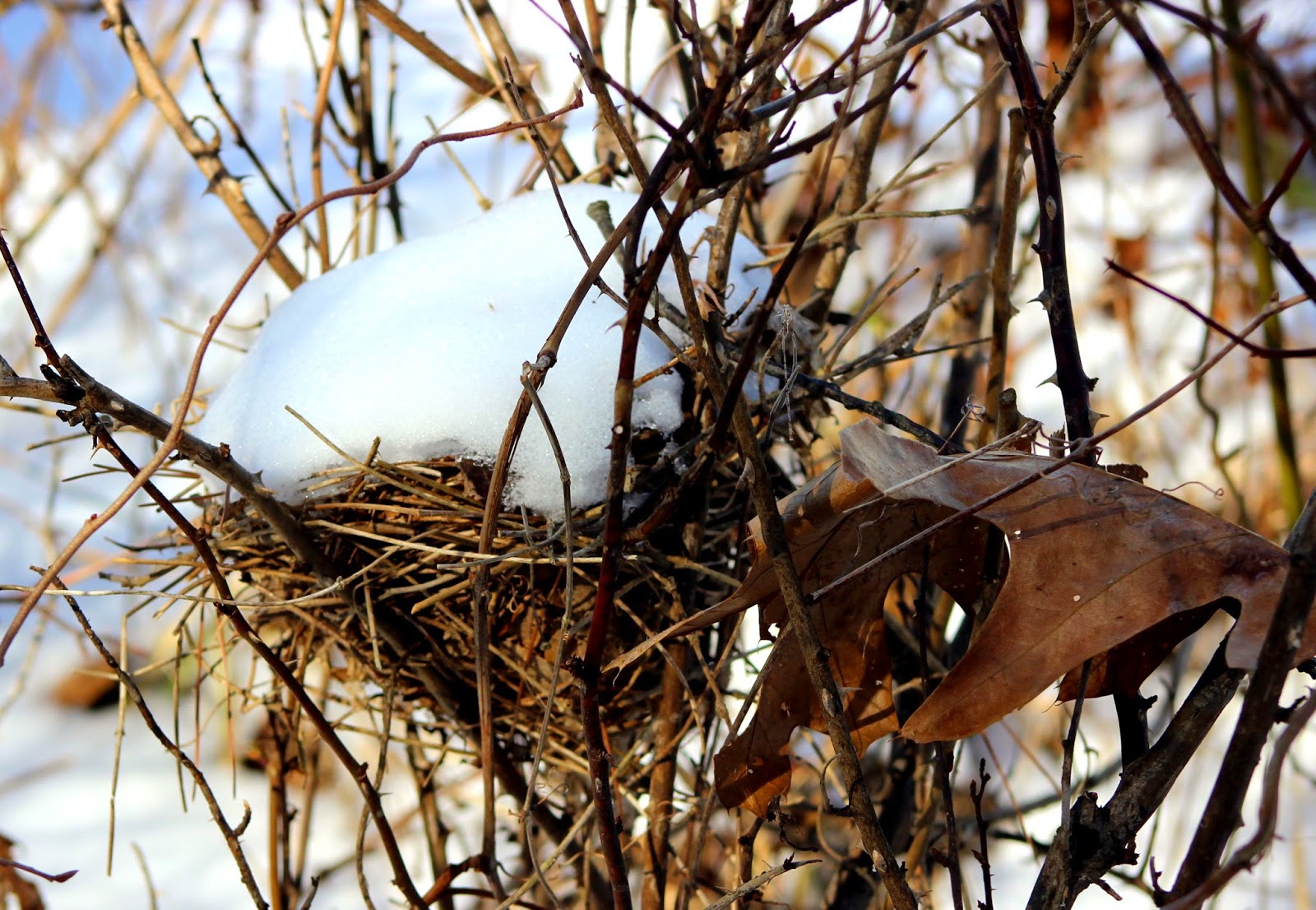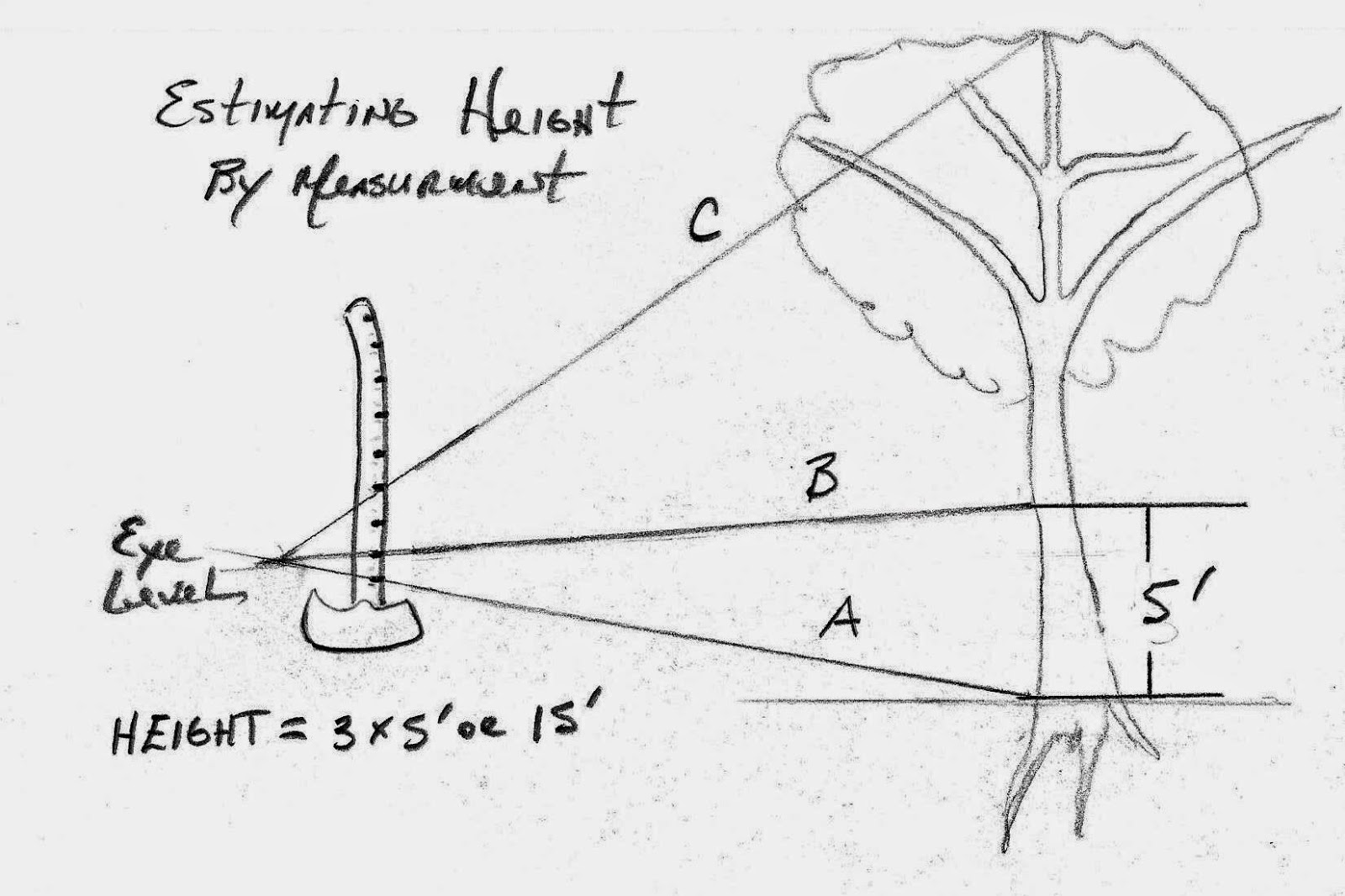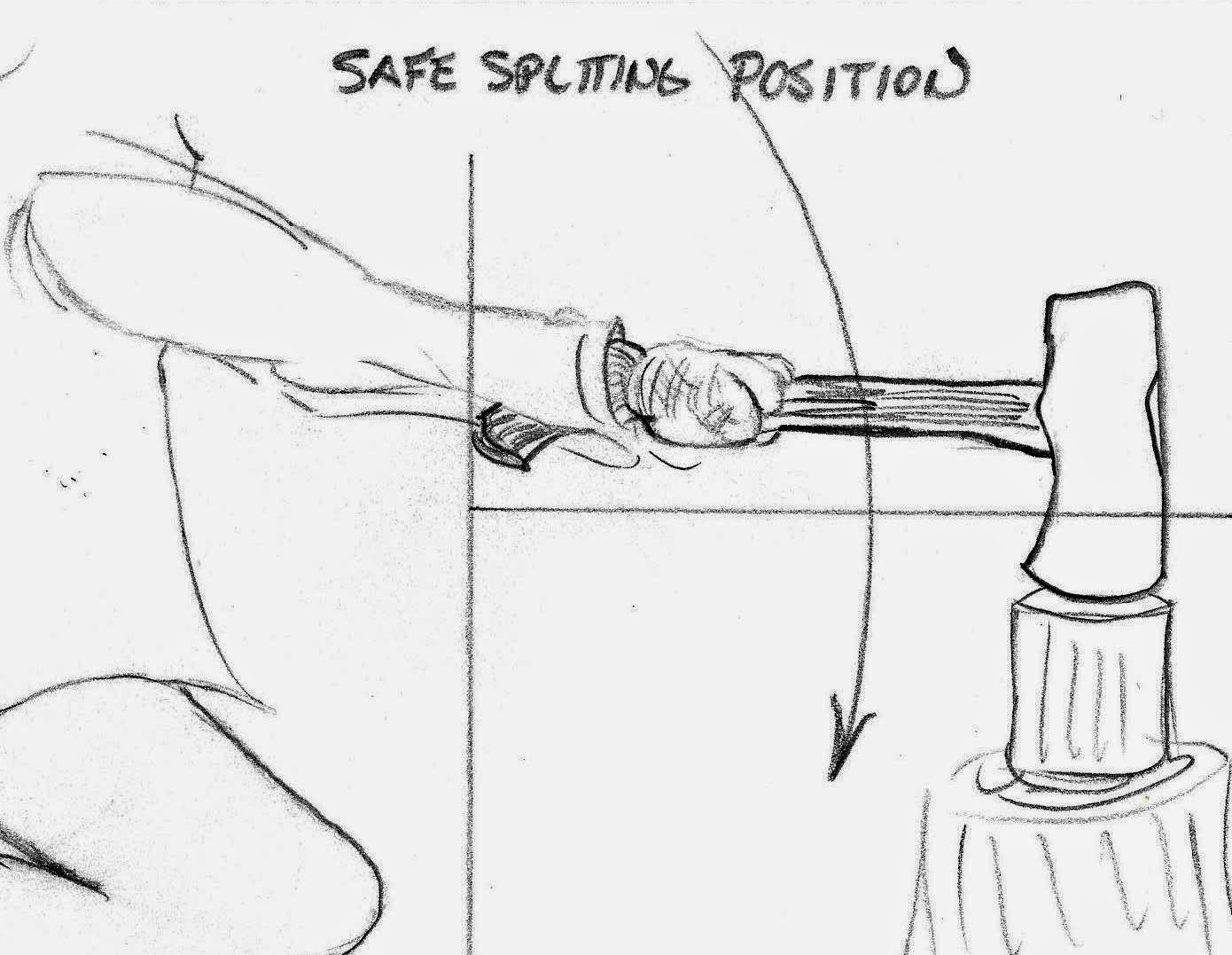 |
| Otzi's Knife sheath is one example of a woven object he carried to secure equipment |
 |
| This is my attempt at a similar weave to create a knife sheath for a stone blade |
Otzi did not use complicated weaving techniques to make the items he had but this skill has been around for a few thousand years none the less. As I delve deeper into this skill it was used extensively by other cultures in time like the Vikings, the Egyptians, and later by our own direct ancestors in the US for things like Belts, Sashes, Rifle Slings, as well as on the intricate level of Cloth manufacturing from Flax made into linen along the American Frontier.
 |
| Loom at Fort Boonesboro |
Although we cant all practice making actual fabric or Blankets on a Loom, we can use smaller looms to make Straps, for thinks like Belts, Slings, Tump lines, Pack Straps etc...
 |
| Making a 12' Strap on a Inkle Loom https://www.youtube.com/watch?v=vCPTWSZzpjk |
The best thing about this skill is that it can be accomplished with very little tools and gear, anywhere including around the camp fire in the woods.
 |
| Making a Utility Strap with a Waist Belt style loom in the woods |
Here are a few of the projects I am working on now to help me own the skill of weaving for future use
Give it a try you might find it extremely relaxing as well as enjoyable to create even more of your own gear and become that much more Self Reliant.


























.JPG)



































